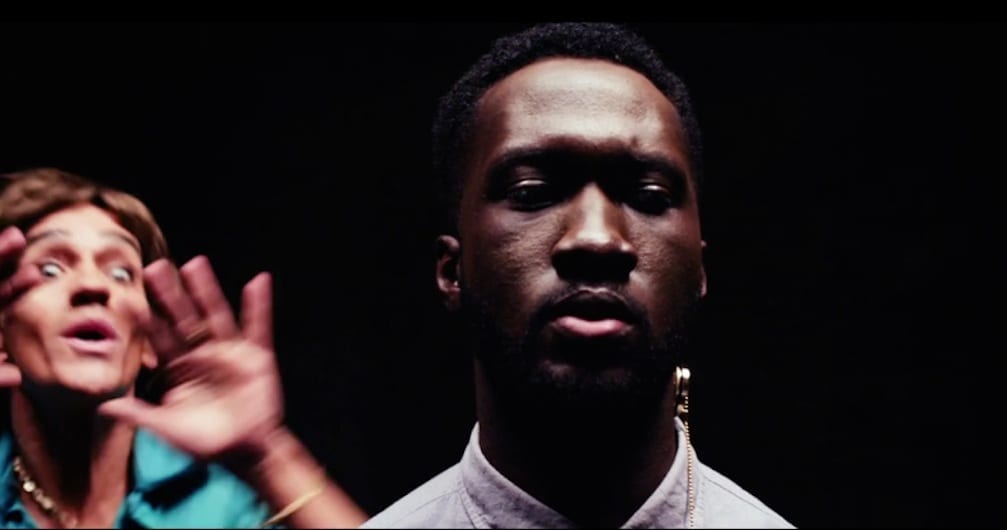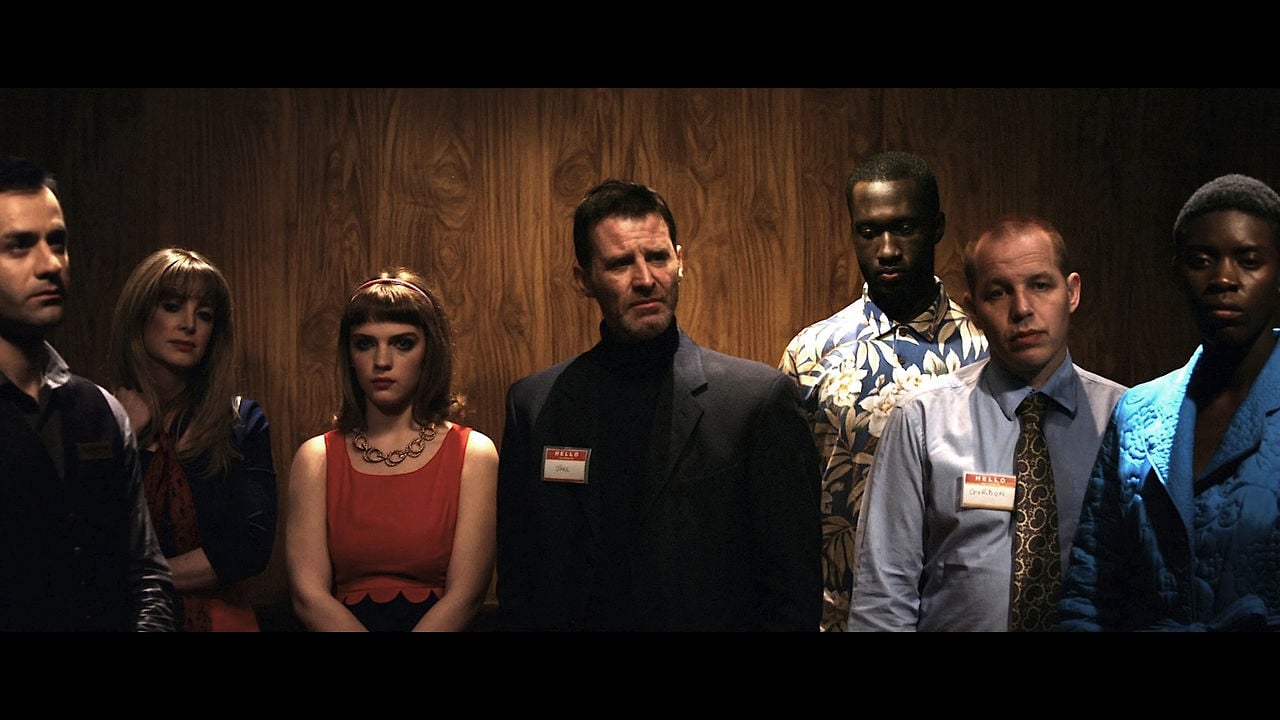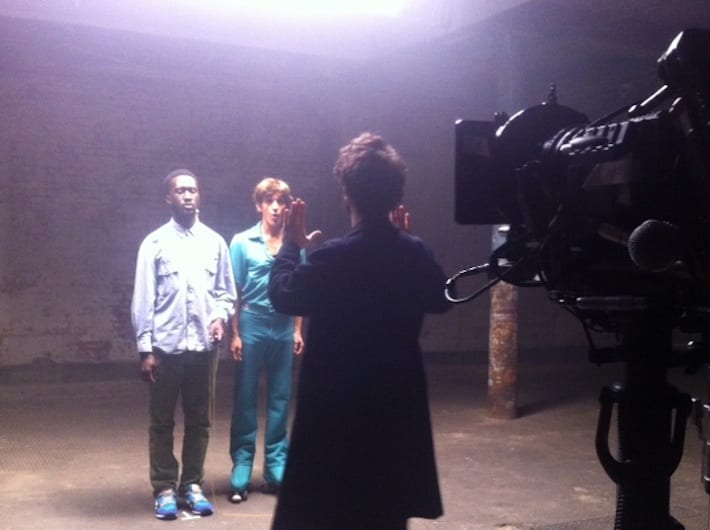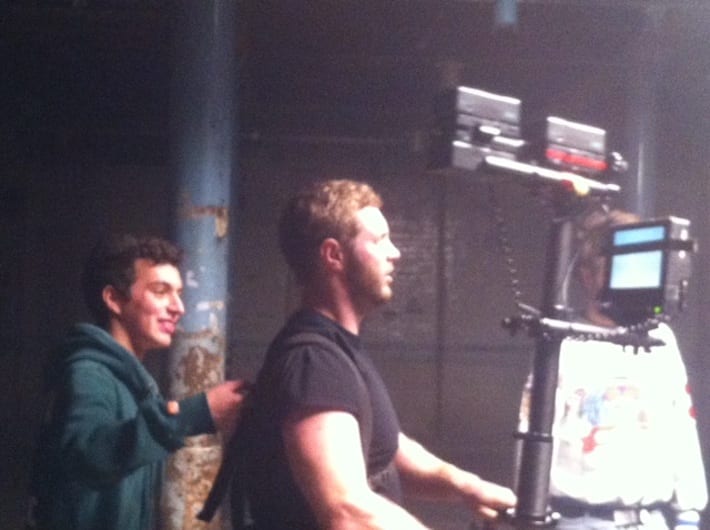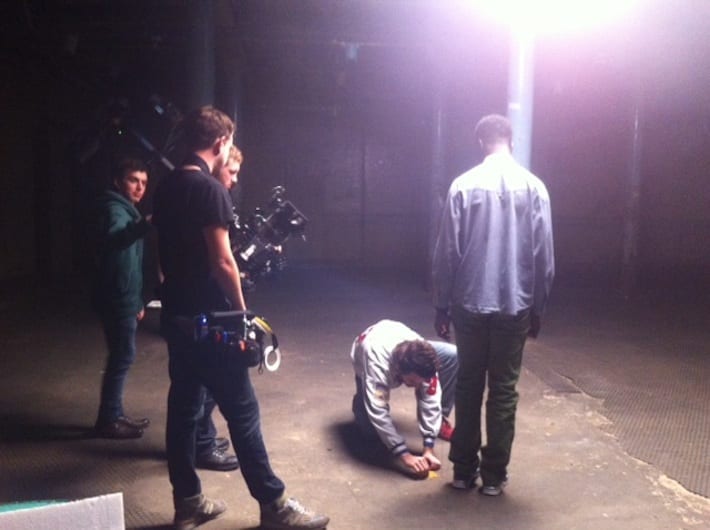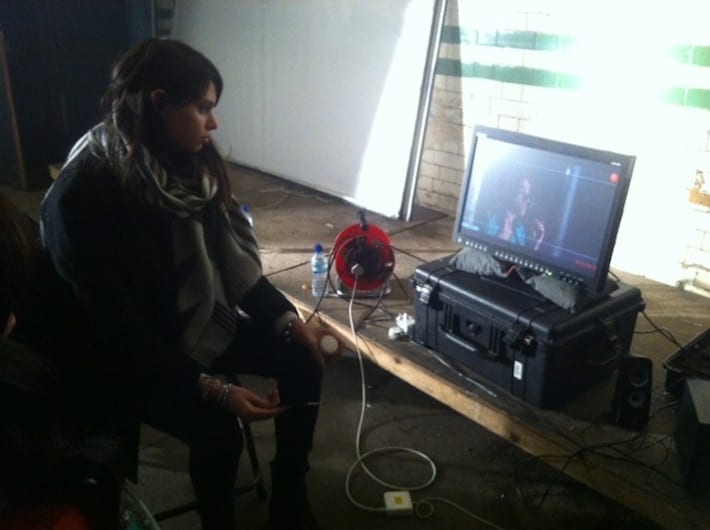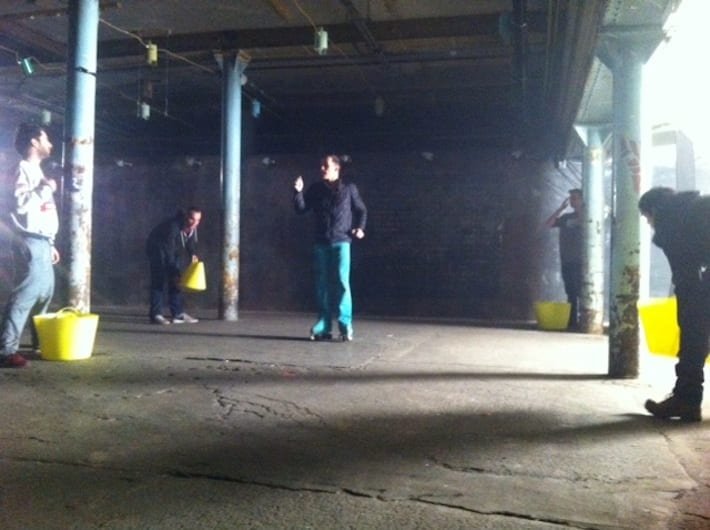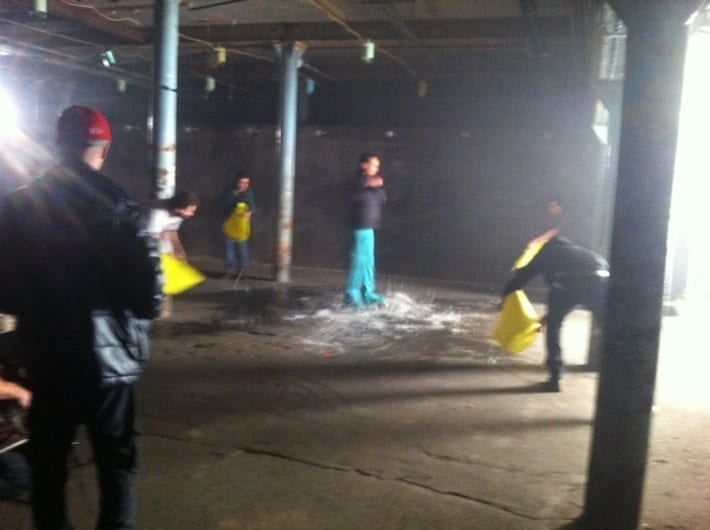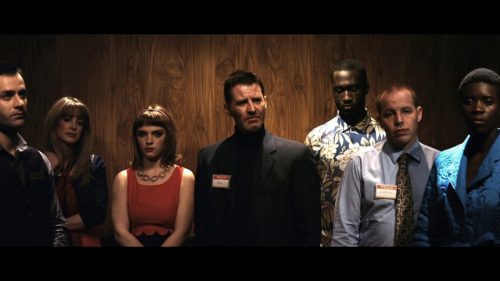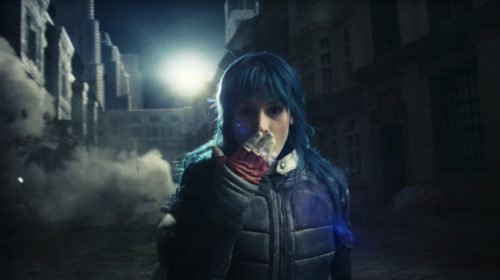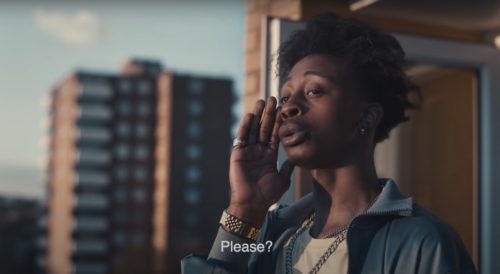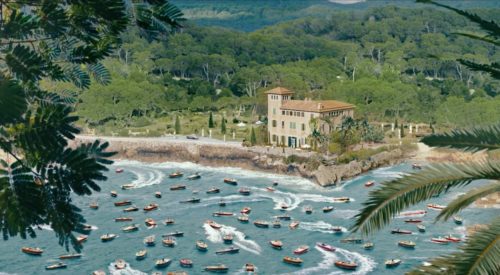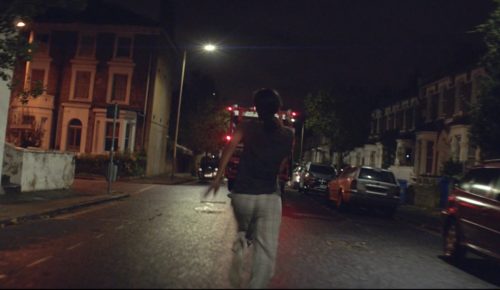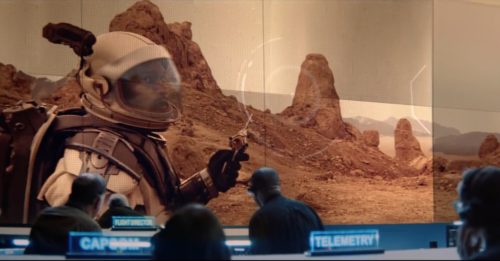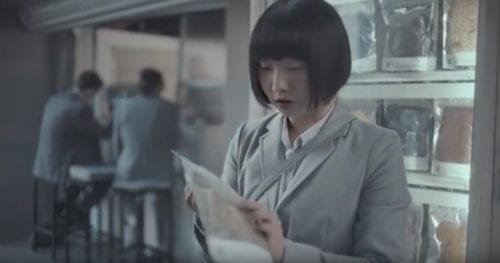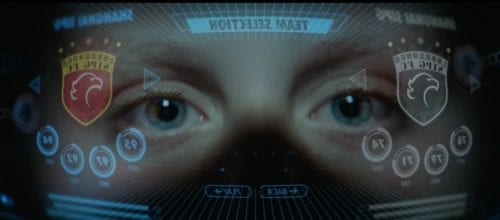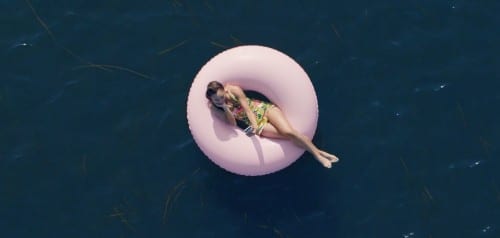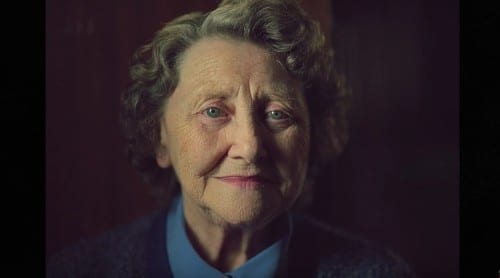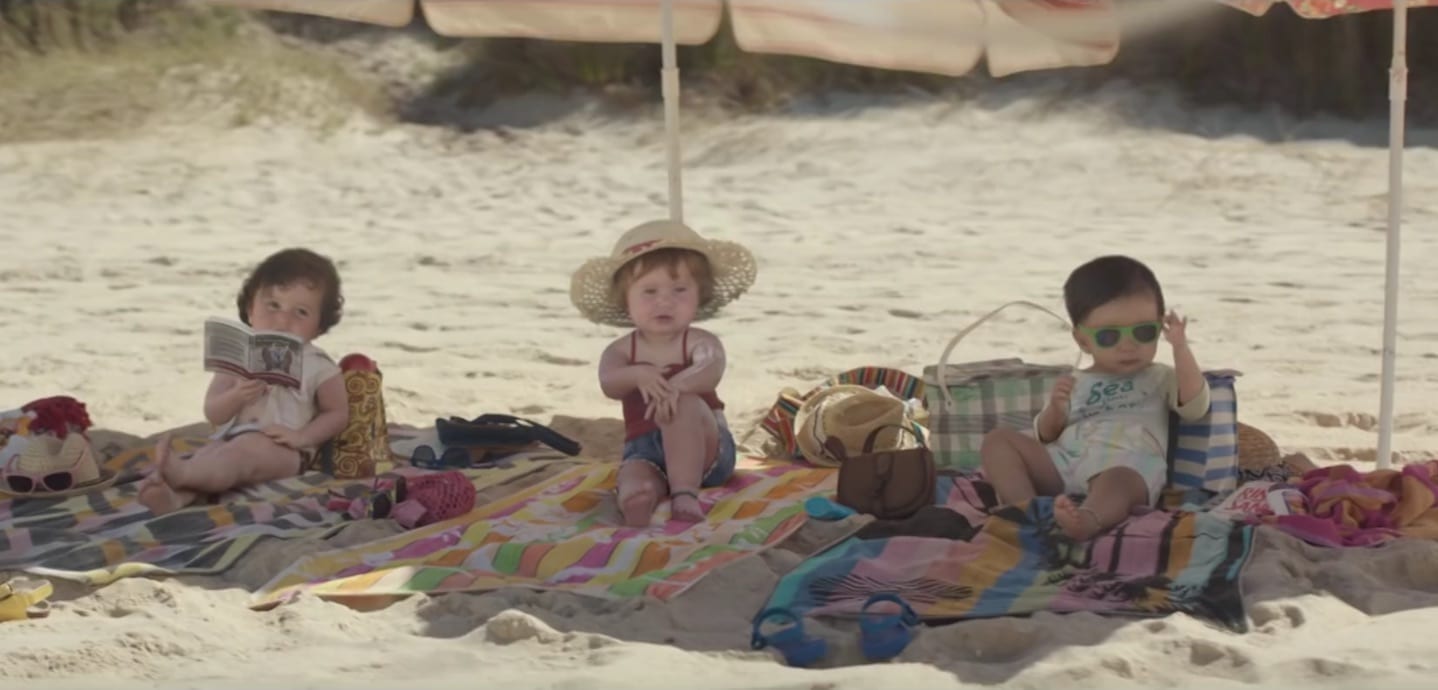What was the brief?
As with the previous video I did for Kwes, it was completely open. I had been waiting to work with Kwes again, because his music brings about a very strong sense of a specific universe and it’s one in which I feel very comfortable and able to play in. His music feels borderless, there isn’t really a line in which you can cross, but more importantly a strong sense of trust allowing you to be free in the development of the idea, something surrealism requires.
How did you evolve the treatment, how did the idea for the skater come about?
The title made me think of a skater and when listening to the music I imagined a big black space. A vast roller rink with Kwes singing in the middle of it. His music brings about instant imagery, I think out of all the music I have written for it is the one which has been near effortless, firing up ideas and imagery very quickly. Some music can do this but then solidifying the idea takes some time, pushing out certain imagery, focussing on a certain idea and letting that structure itself in your head. But with this track and the previous, playing the track over and over shaped the story quite quickly. There’s a strong sense of narrative in the music.
At the start of the idea, Kwes simply disappeared before the echo “where did you go?” lyric comes in. But it felt like a cop out, so I thought more on how he could leave the video. The ending of the video came directly from the watery sound sample at the end of the track, so I worked this into the disappearance, ending up with the idea of Kwes being full of water, which in turn makes the ending happier than it originally was.
The skater ends up being the one who due to his childish playfulness pulls the plug out of Kwes’ neck, but in the end becomes one with him when the water rises to “drown” him. The water at the end is Kwes himself. It’s as if Kwes’ universe takes over from the skater’s one. At the start Kwes is nervous, unsure of where he is, slightly scared of the skater. It is as if he has been dropped into the skater’s limbo, a dark industrial forest that he inhabits for eternity. This is why the skater is so gleeful at having Kwes there, but mucks around too much, like the temporarily innocent young cat who “plays” with the mouse until it dies. Something I find is quite unintentional for them at the start until they develop their killer instinct.
Is the plug an emotional metaphor for letting feelings out?
It came about when I was trying to work out how exactly he turned to water, how to get the effect of it draining from him. At first it came out of his sleeves, trouser legs etc, but then I saw that it had been done before, but also it wasn’t a quick enough transition. There wasn’t much time in the set point that it had to happen. Upon further listening, the lyric “don’t let go” made me thing of some string attached to Kwes being held by the skater, and the PING sound sample that comes in became the point the plug should pop out. It also simply felt like a strong image, this golden plug attached to Kwes’ neck.
What were the challenges of the production?
The biggest was finding a skater! From the start, this had to be “Artistic Rollerskating”, not the urban style which you see a lot more of nowadays. It had to be a ballet on four wheels.
We searched the website of the “Federation Of Artistic Roller Skating” and found a list of previous champions. With those names, we looked on Facebook and wrote to them all, it got so tight I was prepared to go with any age or gender, though originally it was a 40-50 year old male. We auditioned two but they simply weren’t quite right for it. In the end one of the people we contacted wrote back suggesting Juan Tocino, so I wrote to him and he sent me a video of himself, my jaw dropped, we had found a true artist. He is a painter, had studied ballet, had acted, he was absolutely perfect.
The water scene was one of the other challenges for us also, I had planned that it was going to all be in camera, with us filming at a high frame rate and chucking four big buckets of water at the skates, cutting at the peak of it to the shot of the wig in the water. A sense of water entering the scene and jump cutting to the aftermath of full submergence. But it didn’t work.
Luckily we were working once again with The Mill who I love! Brad Wood was our VFX man, doing the water leak comp on Kwes, we told him our woes and he did a beautiful job working some stock water footage into the end.
See in Related Content for production stills
